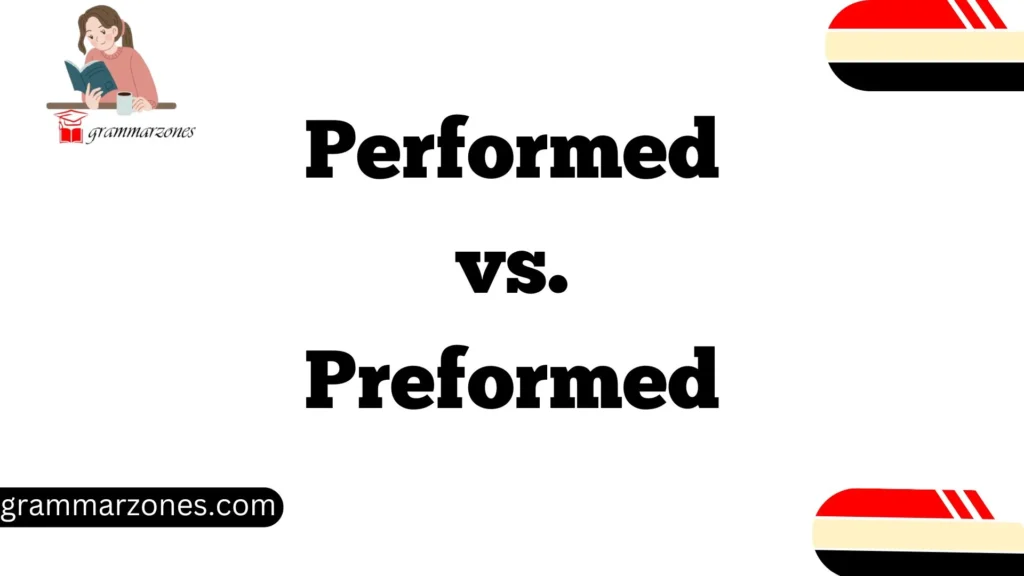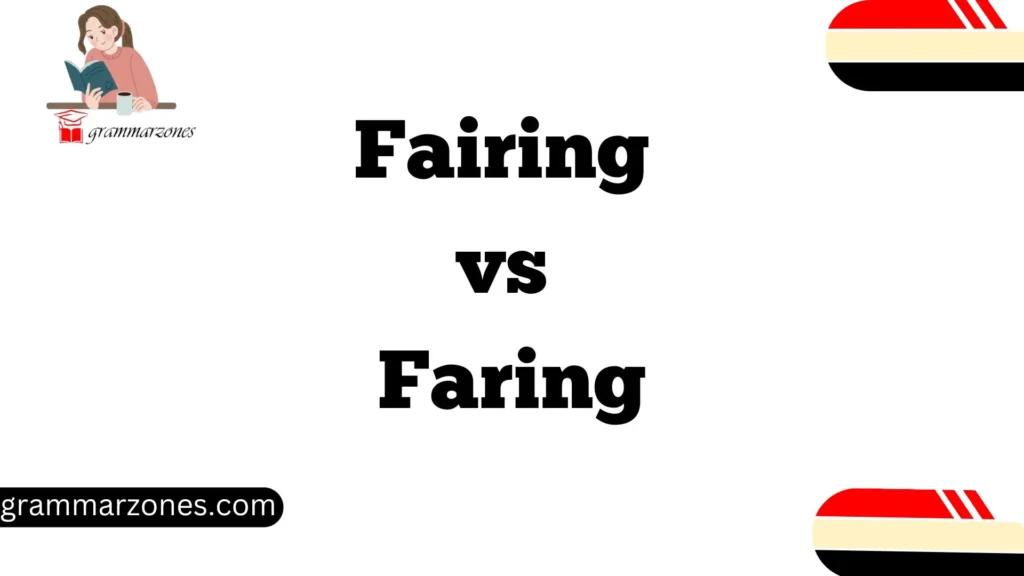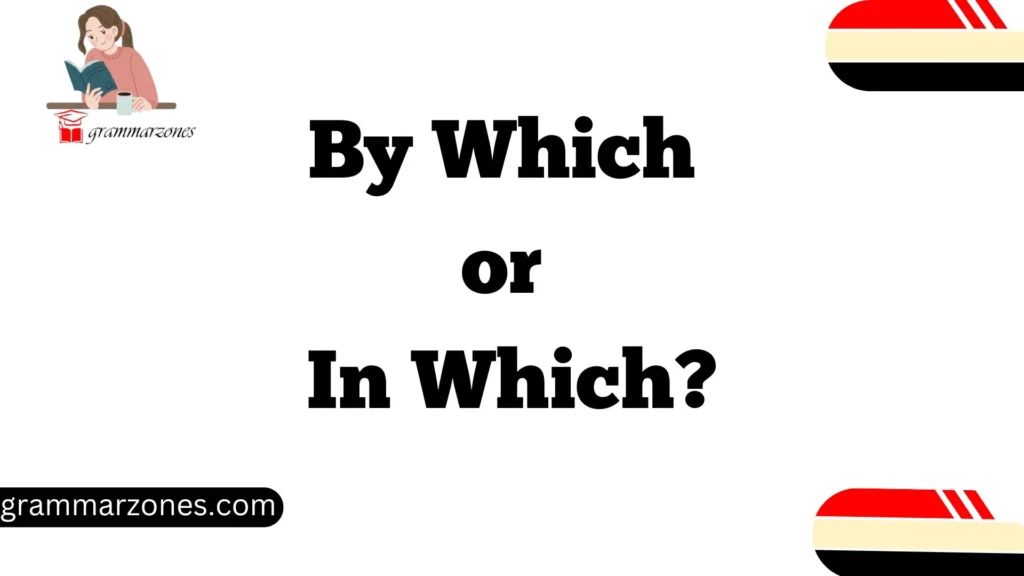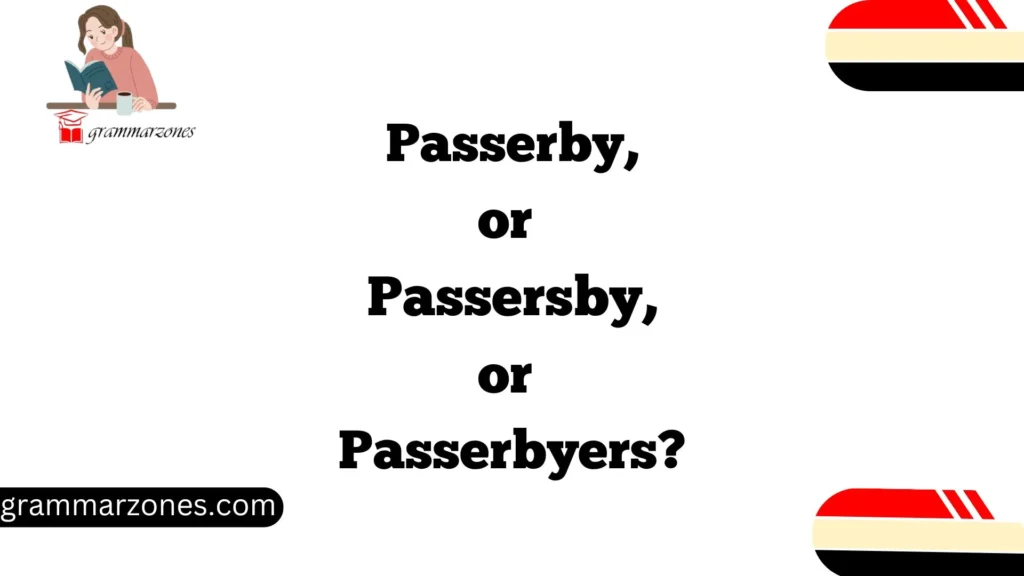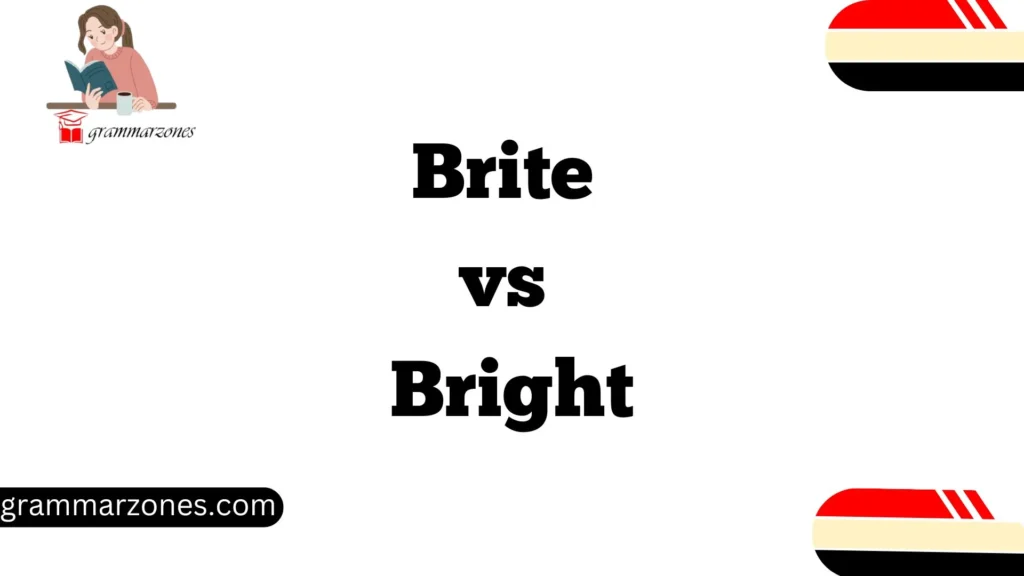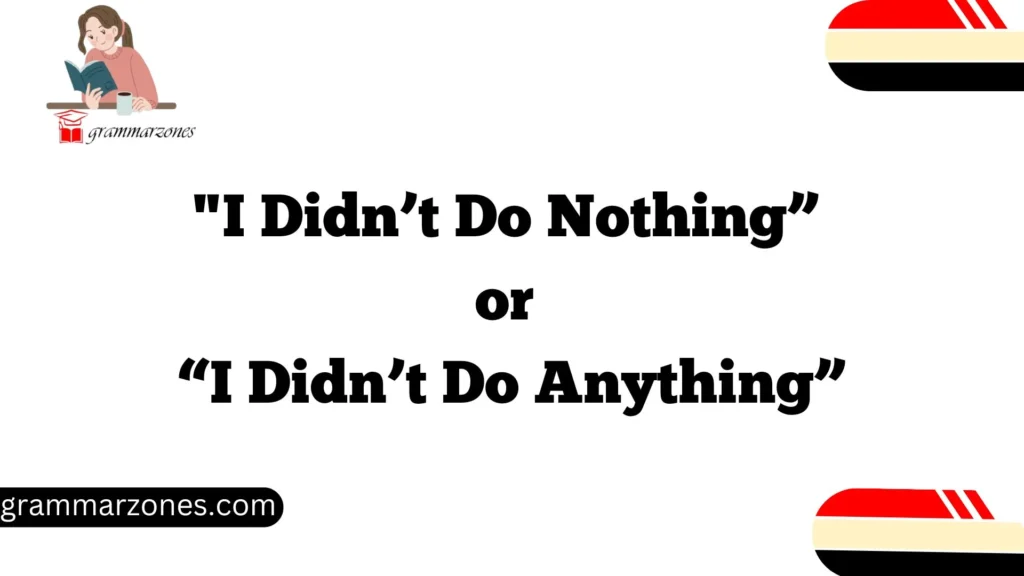In the vast and quirky world of the English language, it’s easy to get tangled in words that sound alike but mean entirely different things. Bespeckled and bespectacled are a perfect example of this confusion. They roll off the tongue in a similar way, yet they describe completely separate ideas.
One deals with glasses, the other with spots—and using the wrong one can make your sentence go from clever to clumsy in a flash. Whether you’re writing a story, crafting a character description, or just trying to sound precise, knowing the difference matters.
This mix-up isn’t just common—it’s everywhere, from blogs to books to everyday conversations. If you’ve ever wondered which is which, you’re not alone. Thankfully, the difference is easy to remember once it’s clearly explained.
In this guide, you’ll get a breakdown of both terms, practical examples, and smart memory tricks. Say goodbye to second-guessing—let’s finally settle the bespeckled vs. bespectacled debate.
What Does “Bespectacled” Mean?
Let’s start with the word bespectacled. This term is commonly used to describe someone who wears glasses. It originates from the word “spectacle,” which itself comes from the Latin word spectare, meaning “to look” or “to observe.” Over time, bespectacled became the term we use to describe someone who is wearing glasses.
Etymology of “Bespectacled”
The root word here, spectacle, refers to glasses or eyewear. So when you refer to someone as “bespectacled,” you are literally saying they have glasses on. The word “bespectacled” isn’t used as frequently in casual conversation, but it remains common in literary and formal contexts. For instance, you might read in novels or formal writing that a character is described as bespectacled, especially when the glasses play a role in the person’s characterization.
Examples of “Bespectacled” in Usage
- “The bespectacled professor explained the theory in great detail.”
- “She was a kind, bespectacled librarian who knew everyone by name.”
- “In the corner, a bespectacled man sat, reading quietly.”
As you can see from these examples, bespectacled is most commonly used to describe a person who is wearing glasses. The term often carries a formal or literary tone, making it an excellent choice for descriptive writing.
What Does “Bespeckled” Mean?
Now, let’s turn to bespeckled. While bespectacled describes someone wearing glasses, bespeckled refers to something covered with small spots or specks. It comes from the word “speck,” which means a small mark, dot, or spot. A bespeckled object is typically dotted with these marks or spots, and the term is often used to describe things like animals, fabrics, or even certain foods that have a speckled pattern.
Etymology of “Bespeckled”
The word speck traces its roots to Middle English, and it’s tied to the idea of small, distinct marks. When you add the prefix “be-” to speck, it intensifies the idea, meaning something that is thoroughly covered or dotted with specks. The word bespeckled is often used to describe something with a scattering of small marks or spots.
Examples of “Bespeckled” in Usage
- “The garden was full of bespeckled leaves, each one covered in tiny droplets of rain.”
- “The horse had a beautiful, bespeckled coat, dotted with white spots.”
- “Her dress was bespeckled with golden sequins that shimmered in the light.”
As seen in these examples, bespeckled is used to describe things that are marked or covered in spots or specks, often in a way that gives them a pattern or texture.
Key Differences Between “Bespectacled” and “Bespeckled”
At first glance, these two words might appear very similar, especially because they both involve descriptions of physical appearance. However, they have distinct meanings and usages.
Here’s a quick breakdown of the differences:
| Word | Meaning | Common Usage | Example Sentence |
| Bespectacled | Wearing glasses | Describing someone who has glasses on | “The bespectacled man smiled warmly.” |
| Bespeckled | Covered with small spots or specks | Describing things or animals with spotty patterns | “The horse’s coat was bespeckled with white spots.” |
While bespectacled is typically used to describe people wearing glasses, bespeckled refers to anything that is spotted or marked with specks, such as animals, objects, or even fabrics.
Why Do People Confuse “Bespectacled” and “Bespeckled”?
The confusion between bespectacled and bespeckled often stems from the similarity in sound. Phonetically, they’re very close, and both describe some form of appearance. Furthermore, since both terms are used to describe physical characteristics (whether of a person or an object), it’s easy to mix them up, especially if you’re not paying close attention to context.
The Role of Phonetic Similarity
One reason these words get confused is their sound. Both bespectacled and bespeckled have the same initial be- and end with a similar “-ed” sound, making them tricky for even the most experienced speakers of English.
Overlapping Meanings
Another reason for the confusion is the overlap in their descriptive nature. Both words focus on describing appearance: bespectacled describes a person’s glasses, and bespeckled describes things with a spotted appearance. But their specific uses are entirely different, making the distinction essential in clear communication.
How to Remember the Difference
To make sure you never confuse bespectacled and bespeckled again, here are some helpful tips:
- Mnemonics: Think of the word “spectacle” when you hear bespectacled. This can remind you that the word refers to glasses.
On the other hand, bespeckled can be remembered by thinking of “specks,” or small spots, to help you recall that the word describes something covered with tiny marks. - Visualization: Picture a person with glasses for bespectacled and a cheetah with spots for bespeckled. This will help cement the differences in your mind.
- Context: Bespectacled is almost always used to describe people, while bespeckled is used to describe objects or animals with a speckled pattern.
When to Use Each Word
Knowing when to use bespectacled and bespeckled depends on understanding the context. Here are some scenarios where each term is appropriate:
Use Bespectacled When:
- Describing someone who wears glasses.
- Writing in a more formal or descriptive context.
- Referring to an iconic or intellectual look, often found in literature or media.
Use Bespeckled When:
- Describing objects, animals, or things that are dotted with small spots.
- Talking about patterns or textures, especially those that have a speckled appearance.
- Referring to something that is naturally or artificially covered with small marks.
The Rise of Glasses as a Fashion Statement
In recent years, glasses have evolved from a purely functional item to a fashion accessory. Many people wear glasses to complement their style, even if they don’t need them for vision correction. This has increased the popularity of the term bespectacled in pop culture, often used to describe individuals in a more fashionable or intellectual light.
Famous Bespectacled Figures
- Harry Potter: The iconic glasses-wearing wizard is frequently described as bespectacled in books and movies.
- Albert Einstein: The famous scientist, often depicted with his round glasses, is another well-known bespectacled figure.
- Ruth Bader Ginsburg: The late Supreme Court Justice was frequently described as bespectacled, with her signature glasses being a prominent feature of her appearance.
Conclusion: Embrace the Difference
Now that you know the real difference between bespectacled and bespeckled, you can confidently use these words in their proper contexts. Whether you’re describing a character in a novel or noting the pattern on a speckled bird, understanding these terms will enrich your vocabulary and writing.
The next time you need to describe someone who wears glasses, choose bespectacled. If you’re referring to something dotted with spots or marks, bespeckled is the way to go. With a little practice, you’ll never mix them up again!
FAQs:
What is the difference between bespeckled and bespectacled?
The main difference lies in the meaning and context of use:
- Bespectacled refers to a person who is wearing glasses. It comes from the word spectacle (glasses).
- Bespeckled refers to something that is dotted or covered with small spots or marks. It is typically used to describe things like animals, objects, or surfaces that have a speckled appearance.
Can bespectacled be used to describe something other than a person?
While bespectacled is mainly used to describe people wearing glasses, it can also be used in a figurative sense. For example, a character in a story or a figure of speech might be described as bespectacled, but it still refers to the glasses-wearing trait of that person or character.
Is bespeckled used more for people or things?
Bespeckled is generally used to describe things or animals that have a spotted or speckled pattern. For instance, you might say a bird is bespeckled with spots, or a fabric is bespeckled with small marks. It is not typically used for people.
Can I use bespectacled in casual conversation?
Yes, although bespectacled sounds a bit formal and literary, it can be used in casual conversation when describing someone who wears glasses, especially if you want to be more descriptive or precise. However, in everyday speech, people are more likely to simply say “wearing glasses” instead of using bespectacled.
Why are bespeckled and bespectacled often confused?
The confusion comes from their similar sound and structure. Both words start with be- and end with the “-ed” sound, which makes them easy to mix up, especially for those who may not be familiar with their precise meanings or proper usage. Additionally, both words are used to describe appearance, contributing further to the mix-up.
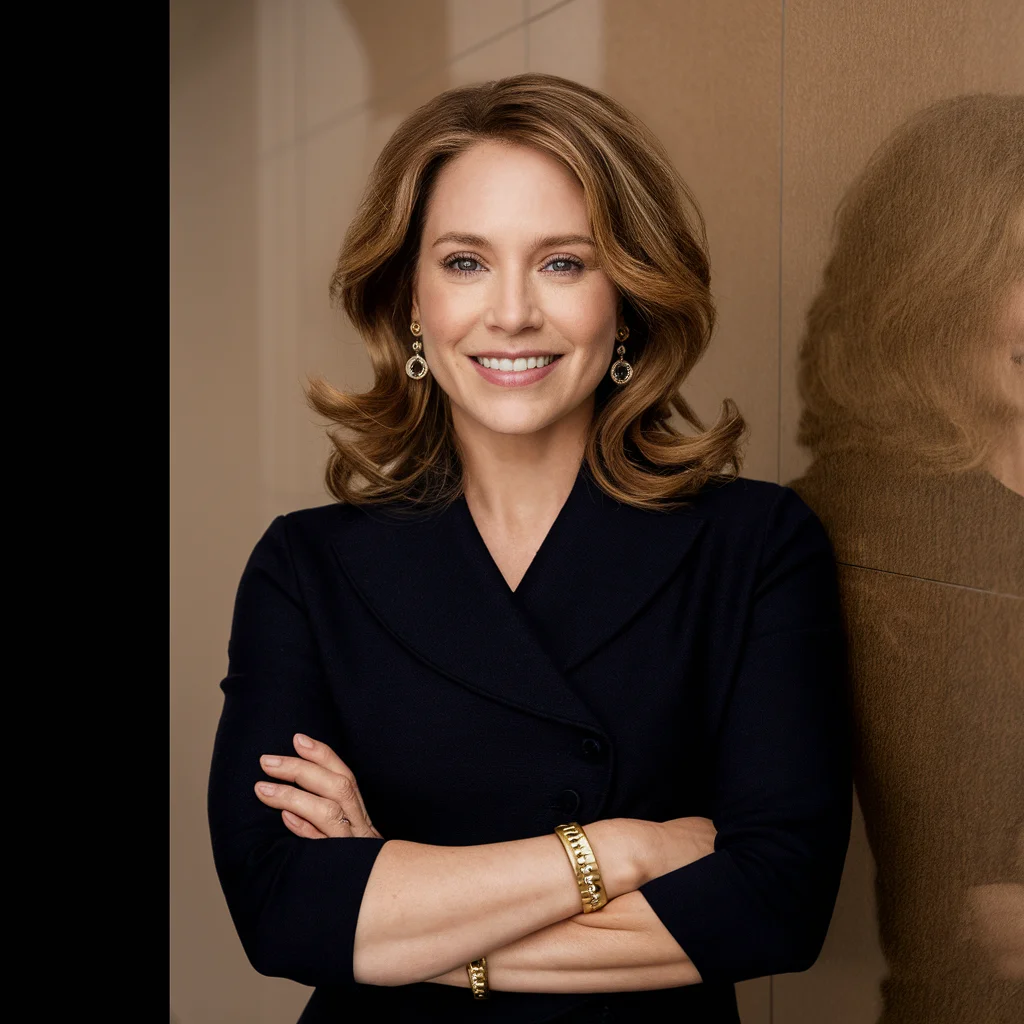
“Emma Brooke is an aspiring writer with a passion for mastering the English language. At GrammarZones.com, Emma explores the intricacies of grammar, punctuation, and vocabulary, providing clear and accessible explanations for learners of all levels.

